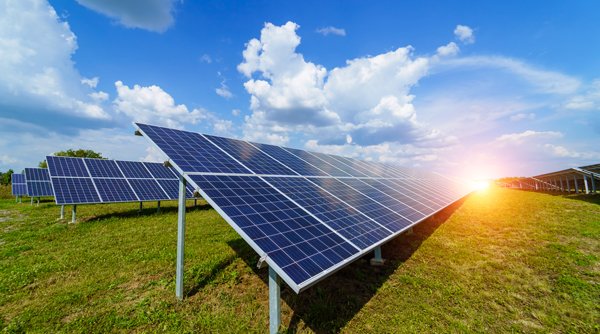Note: The text from this post was published as an oped in the News-Leader on 6/22/21.
On June 7 the Scripps Institution of Oceanography and the National Oceanic and Atmospheric Administration (NOAA) announced that the atmospheric CO2 (carbon dioxide) concentration had reached its highest level since accurate measurements began 63 years ago. The monthly average CO2 concentration for 2021 is 419 ppm.

Dominion Energy’s coal-fired power plant in Chester, Virginia. This plant is scheduled to completely shut down in May 2023. Photo credit Imageforge/Shutterstock
CO2 Concentration Increased Over 100 ppm
When I was born in 1955 the CO2 concentration in the atmosphere was 313 ppm. What? In 66 years, the CO2 concentration has increased by over 100 ppm! Some people don’t believe there is a climate crisis or that humans are to blame. Some think there is nothing we can do about CO2 levels. You can’t see carbon dioxide, so maybe that’s why some think it’s not a problem.
If You Can’t See It, Do You Believe It’s There?
There are many things we can’t see but believe exist, perhaps because we trust science. Temperature or heat for example. We can’t see temperature or heat, but we can measure it with a thermometer.
I’m a farmer who wants to know how much phosphorus is in my soil so I don’t waste money buying phosphorus fertilizer if I don’t need it. I can’t see soil phosphorus, but I can send a soil sample to a lab, and they can measure how much phosphorus is in the soil and recommend what I need based on the crop I want to grow.

I can’t see how much phosphorus there is in our soil, so I send a sample of soil to a lab to find out. This is sample 11 at Whiskey Creek Angus. Photo credit R. Whitescarver
I want to know whether my water is safe to drink. I can’t see bacteria in my water, but I can take a water sample to a lab, and they use science to inform me if bacteria are in the water.
Measuring CO2 Concentration
We can’t see CO2 in the air, but scientists at Scripps use an infrared analyzer to measure it. Their method was first developed by David Keeling in 1958. Joint measurements from Scripps and NOAA are known as the Keeling Curve. In 1958 the CO2 concentration was 315 ppm. It’s now higher than it’s been in 3 million years, according to scientists at NOAA. This causes sea levels to rise and makes our weather warmer and weirder. It’s not a hoax. For a safer planet climate scientists tell us the CO2 concentration in the atmosphere needs to be below 350 ppm.

This Keeling Curve shows monthly average atmospheric carbon dioxide concentration over time at the Mauna Loa observatory in Hawaii. Graphic credit Scripps CO2 program

David Keeling receives the Medal of Science from President George W. Bush in 2001 for his development of the Keeling Curve and for establishing the connection between human activity to greenhouse gas accumulation. Photo credit National Medals of Science and Technology Foundation
Freedom from Fossil Fuels Reduces CO2 Concentration
The largest contributor (48%) to greenhouse gas emissions and CO2 is the burning of fossil fuels for energy. The second-largest contributor (29%) is fossil fuel-driven transportation. We’ve been on a fossil fuel binge for too long. It’s time to move on to 100% clean energy generation and electric cars. No more coal-fired power plants or fracked gas. No more fossil fuel pipelines—they are a waste of money. We need solar panels on every building, every brownfield, and on marginal farmland. We need utility-scale solar and wind turbines.
Carbon Sequestration Reduces CO2 Concentration
We also need to take CO2 out of the atmosphere and lock it up. The process is called carbon sequestration—taking carbon out of the air and storing it in a safe place where it can be put to good use. Trees do this. They take CO2 out of the atmosphere and store it as wood. Other plants do it as well. Corn, for example, takes CO2 out of the air and stores most of it in its stalks. When farmers leave the stalks on the land, they decompose, and their carbon goes into the soil. Carbon is good for the soil. As a matter of fact, the soil is the second-largest carbon sink on the planet. Oceans are the largest and forests are third.
The Path Forward
Want to help us get to 350 ppm CO2? Here’s what you can do:
Go solar: Put photovoltaic panels on your house or in your yard. Trade-in your gas-guzzling car for an electric one. Encourage your locality to develop a good ordinance for utility-scale solar and then support these projects. Support soil health initiatives. Support your local farmers. Eat less meat.


19 Comments
Leave your reply.